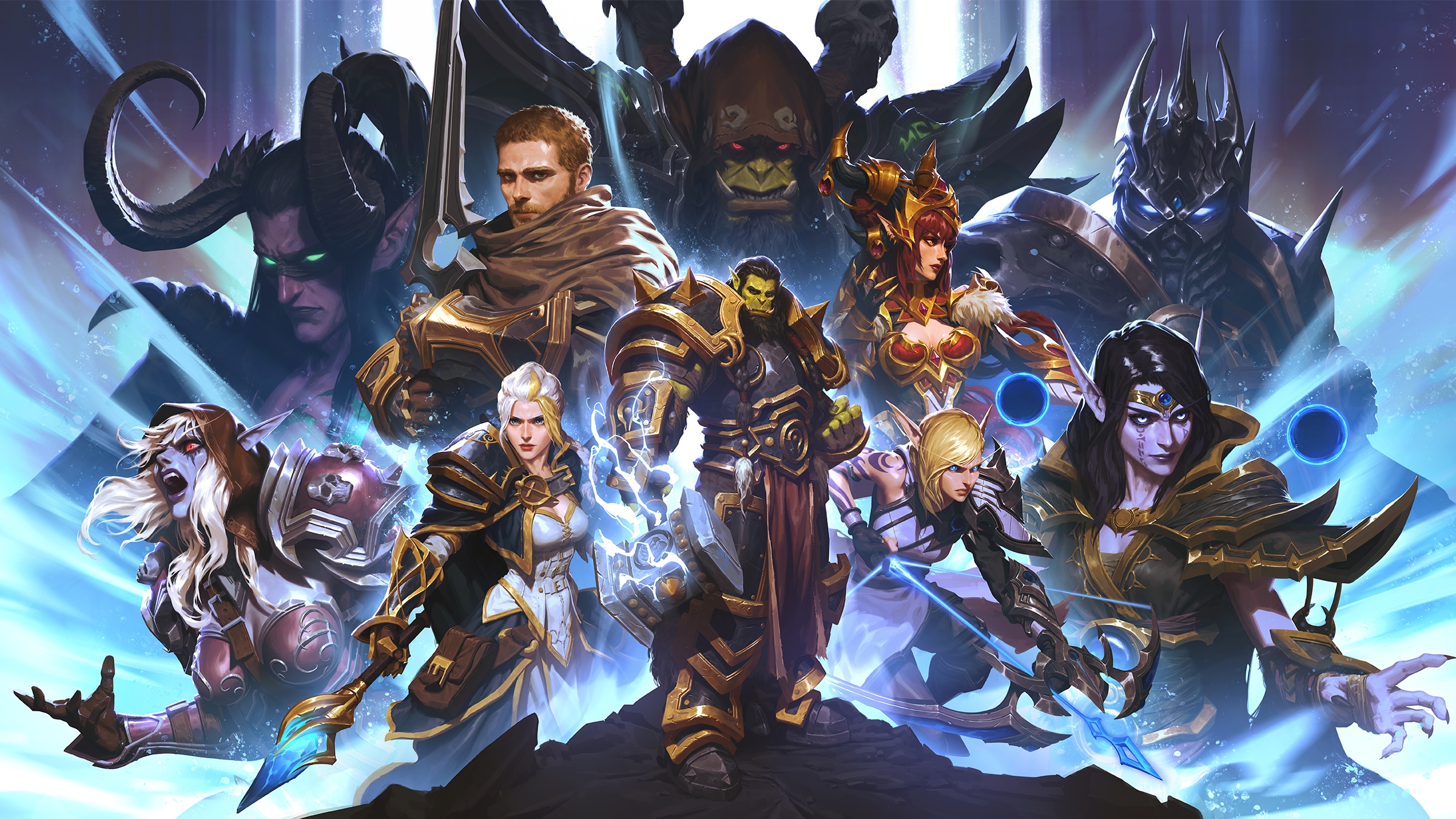In today’s digital world, identity construction has become more than a simple personal choice but is deeply influenced by multiple factors such as social media, algorithms, virtual characters, and digital surveillance. From the ideal life on Instagram to the recommendation algorithm on YouTube to the cultural integration on TikTok, digital platforms continue to shape our self-identity. In this process, our digital and real identities influence each other and create identity conflicts. This article will explore how the digital world shapes our identity through multiple forces.
Users display an idealized self-image on social media by posting “perfect” photos and life clips. Platforms such as Instagram provide a platform for display and comparison but also bring a great psychological burden. Social media display is often associated with body image distress, especially for users who tend to be narcissistic. Research among Singaporean teenagers found that pursuing an “ideal life” on social media has led to excessive comparisons among peers, putting users under more significant pressure to conform to the image expected by others.
This display of a “perfect life” is a highly curated self-presentation, where users tend to selectively share content that can increase their personal image score while hiding the pressures and shortcomings in their lives. This affects the user’s identity at the individual level and shapes the public’s values ŌĆŗŌĆŗat the social level, making “perfection” increasingly challenging to achieve.

South Korean artist Sulli died of depression in 2019. She once admitted that comments on social media put her under great pressure, and these negative emotions were partly due to her not meeting the public’s expectations of “star” status.
Virtual worlds, such as online games and virtual reality, offer users a unique space to explore different identities. Many players play roles in games that are entirely different from their real lives, thereby achieving the purpose of self-exploration. In World of Warcraft, players can create idealized virtual characters and experience identities different from real life. This experience not only gives players a sense of freedom but also provides them with a new sense of identity. However, this construction of virtual identities may also cause identity conflicts in reality, especially when the virtual identity is more in line with the user’s ideal self.

With the development of virtual reality technology, users can experience different identities more realistically in virtual space, providing unique opportunities for self-exploration regarding gender, race, and personality. However, the separation of virtual identity from real identity may cause users to have an “identity split,” especially when users begin to prefer the virtual self and become disappointed with the real self.
In the era of big data and algorithms, our identity is constructed by ourselves and profoundly influenced by data companies and algorithms. YouTube’s recommendation algorithm pushes more relevant content to users based on their browsing history and interests. This personalized recommendation largely shapes users’ interests and cognition. Invisibly, the algorithm has become an invisible “identity guide” that affects how we understand ourselves, choose interests, and shape values.
Recommendation algorithms affect self-identity at the individual level and create an “algorithm-driven culture” at the social level. For example, suppose a user watches several videos on environmental protection themes. In that case, the algorithm will continue to push similar content, gradually strengthening the user’s attention to environmental protection and may even form part of his identity. The power of this algorithm makes the user’s identity more complicated and sometimes even makes it difficult for users to distinguish which interests and opinions are their actual choices and which are the result of the algorithm.
With the increasing prevalence of digital surveillance systems, data surveillance deeply affects users’ behaviour and identity. China’s social credit system affects citizens’ digital identities by scoring their behaviour. This system forces people to display a normative identity on public platforms, thus forming “normalized” self-expression. It further explores how this surveillance system causes users to self-censor their self-expression to avoid negative social credit effects.
This self-censorship behaviour leads to constructing a “compliant identity”, and people may suppress their authentic self-expression and instead display a “normative” identity. This identity construction process is mainly subject to external surveillance, making self-identity in the digital world more complex and sensitive.
Global digital platforms, such as TikTok, allow users to easily access cultural elements from different countries, prompting the phenomenon of cultural integration and identity mobility. Visual cultural exchanges on social media have accelerated the integration of other cultures worldwide. This globalization has allowed young people in Generation Z to build a diverse identity. Through TikTok, young people can learn popular culture, language, and customs from other countries and gradually integrate these elements into their digital identity.
For example, an American teenager may learn Korean because he likes Korean pop music (K-pop), or integrate Korean cultural elements into his daily life. This “cross-cultural” phenomenon reflects the fuzziness of boundaries in the digital world, making identity fluid and diverse under the influence of multiple cultures.
The pursuit of a perfect body in the digital world hurts the mental health of users, especially among adolescents. Nowadays, long-term use of social media is associated with mental health problems, especially when individuals feel unable to meet the “perfect” standard. The use of social networks can significantly affect psychological well-being, causing many users to feel inferior because they cannot achieve the “ideal body” on social platforms.
This psychological pressure forces users to constantly display a “standard” body image on digital platforms, forming an “idealized digital body identity”, which significantly affects users’ sense of identity and mental health.
Conclusion: Towards an Authentic Digital Identity
Constructing an identity in the digital world is full of challenges, but it also brings unprecedented opportunities for self-exploration. Social media, algorithms, virtual characters, and digital surveillance shape our digital identities, making the identity construction process complex and multifaceted. In the digital age, finding an authentic and healthy digital identity is crucial. Although we can freely show ourselves in the digital world, we must also remain aware of the impact of algorithms, surveillance, and cultural integration to avoid losing ourselves.
Ultimately, the construction of digital identity should not be divorced from reality. We can find fragments of self-identity in the digital world, but we must always care about our true selves. We can only maintain the integrity of mental health and self-identity in the digital age by finding a balance between online and offline.
By combining academic research and real-life cases, this blog explores the complexity and challenges of identity construction in the digital world and provides readers with a deep understanding of digital identity. Hopefully, this blog has inspired you to find your true self in the digital age.


you’ve highlighted critical aspects of digital identityŌĆölike identity exploration in games, the impact of algorithms, and digital surveillance. It’s particularly insightful how you connect these elements to identity formation challenges, like “identity split” and “self-censorship.”
One suggestion for improvement might be adding more examples or studies showing the real-world impact of these digital experiences on self-perception. Additionally, exploring strategies for maintaining authentic identity online would enhance the piece.
A further question to explore: How can users balance the allure of a preferred virtual self with their offline identity?
Your post is a very comprehensive introduction to the concept of self-identity. Many easy to understand examples are also given. But it would have been nice to focus on just one of these details.